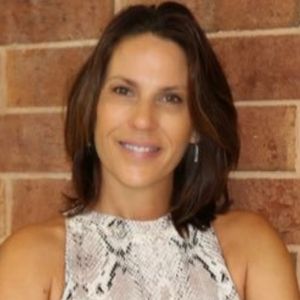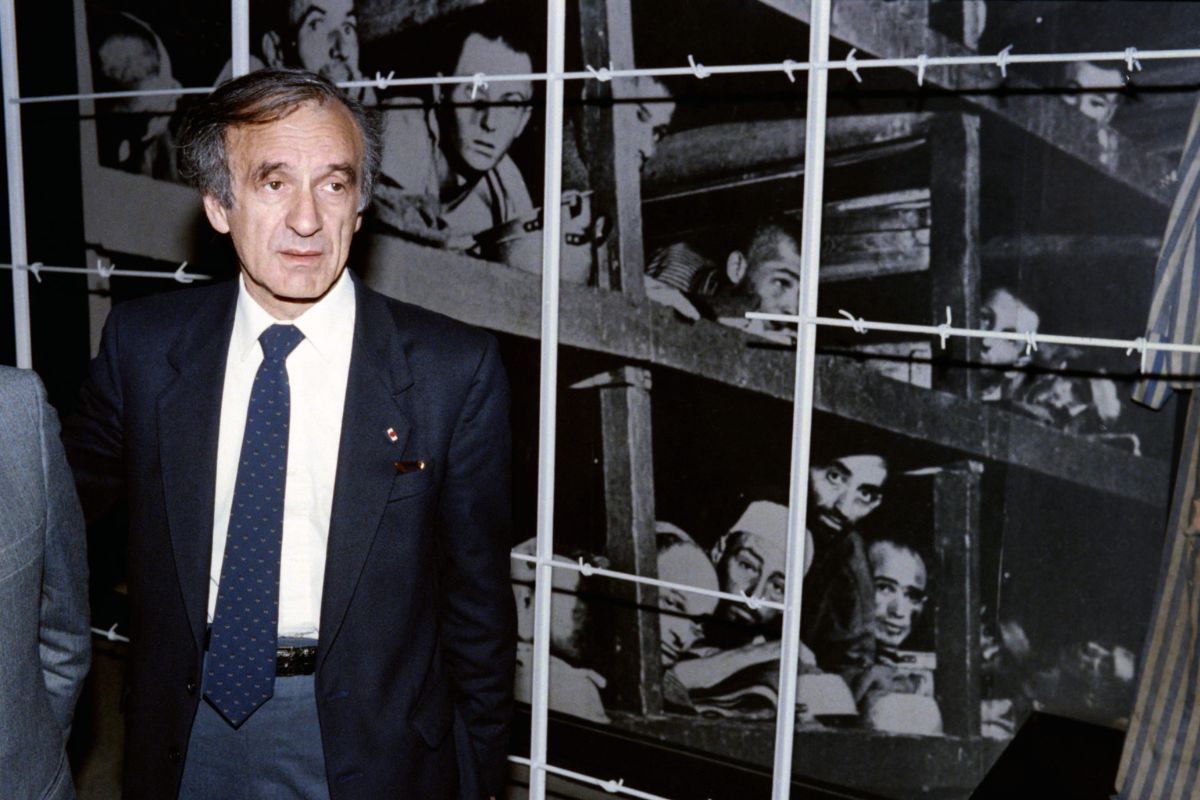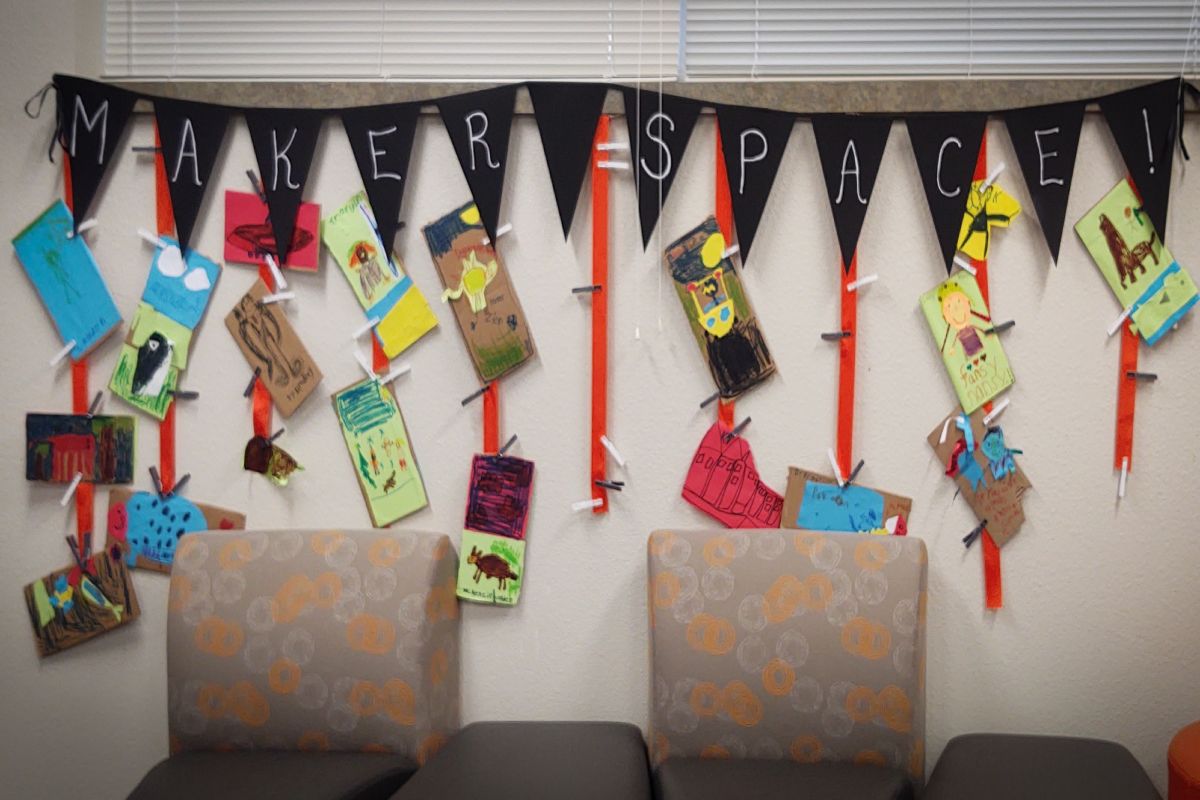Who’s telling your story?
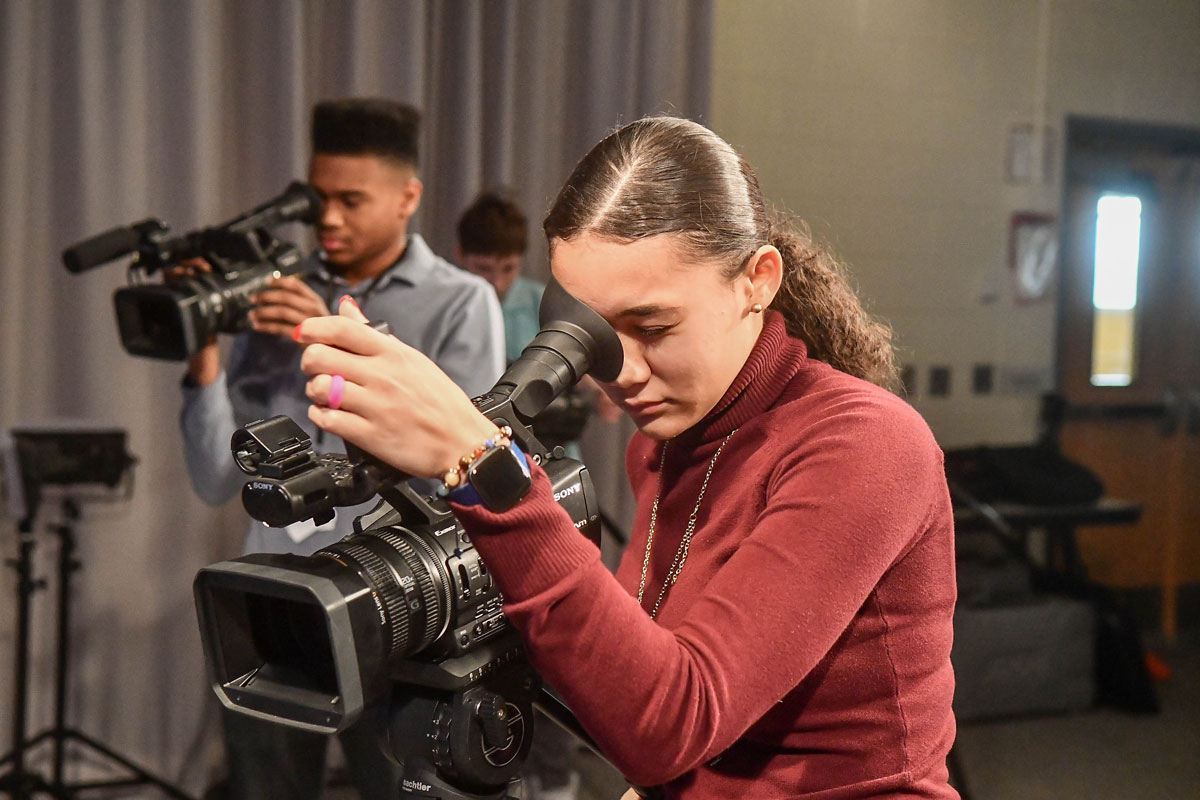
When I entered college, I had a vision of doing something lofty, like becoming an attorney or a judge, because they were seen as smart, highly educated and people dedicated to justice. I was graduating high school and everyone expected me to have it figured out. Who really knows exactly what they want to do at 17? We look to the adults in our life for guidance and are influenced by the media and society, but most adolescents really do not fully know what they want to do as a career. It’s a BIG decision. We invest a lot of time and money into training and advanced education in search of a career path that ultimately we may not like. Fortunately for me, I came to my senses long before I had invested too much of myself for a degree in law. Who knows? I might have really turned out to be a top-notch attorney and enjoyed it, but something bubbled up in me and told me I should become a teacher for students with special needs.
For the record, I was an average student who sometimes struggled with reading comprehension. I had an inordinate amount of energy and found sitting still difficult. You could say that school was a bit of a challenge. Neither my mother or father were high school graduates and recognized the importance of education.I understood the necessity of school and the role it played if I were to become successful in life, so I endured it. Yes, endured; I didn’t love it, but I liked it enough that it wasn’t unpleasant. So, after some real soul searching about what I truly might like to do as a career, I decided that I wanted to make a difference in children’s lives by helping them navigate school with success, particularly students with special needs. And so my journey as an educator began as soon as I completed college.
I landed a job as a Special Education Teacher at a somewhat rural junior-senior high school and fell in love with teaching! Truly,you know the old saying that is “if you love what you do, you never work a day in your life” – yup, that was me! I really enjoyed going to work everyday. I loved the challenge of working with students who others found to be difficult to reach, and when I did, I was over-the-moon with excitement. I spent 25 years as a classroom teacher who taught students, not subjects. Of course, I taught content curriculum, but I was teaching so much more; great teachers know that! James Comer said, “No significant learning happens without a significant relationship” and I am a firm believer of this idea. Over my tenure as a classroom teacher, I have adopted students as unofficial members of my family. They celebrate the holidays with my family, invite me to the special occasions in their lives and stay connected. I continue to have rich relationships with past students that reinforce the importance of developing a relationship with students in your school or classroom. But the time came and I was at a crossroad and I left the classroom.
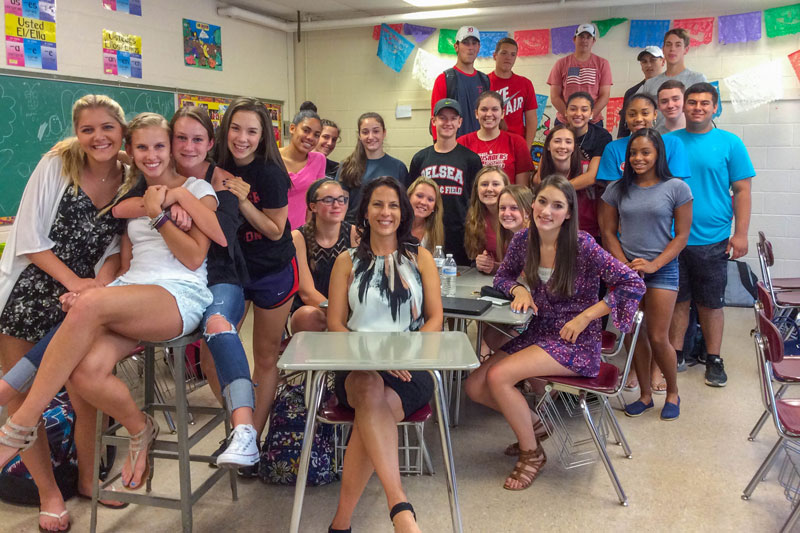
So, you may be wondering, “if you loved teaching so much, why did you leave?” Well, the answer to that is personal growth. The last 10 years of my teaching career took me in all sorts of directions to improve my craft. I began experimenting with project-based learning, leveraging student voice in the classroom, learning stations, and the power of Professional Learning Communities and Professional Learning Networks. As a connected educator, I found opportunities to learn from others and share what I knew. One thing led to another and a door opened for a different role as an educator.
No doubt, I felt a lot of trepidation in leaving the classroom and my students, but I was ready for a new challenge that would allow me to continue to be an integral part of education using my talents as a life-long teacher in a different way. Fast forward two years, I am so happy I took the leap! It’s been a wonderful experience to continue growing as an educator and understanding how the education machine works. As a teacher, you see things through a teacher’s lens and sometimes that is mypoic. It’s certainly not on purpose, but you only can know what you know and see. Schools are like Disneyworld, there is a whole underground system that helps keep the park running- – so much most people never see.
Every school district is different. The diversity of students and staff, the community culture, locale, and many other identifiers help to create a school’s uniqueness. As different as schools can be, they share the common commitment to provide an educational journey for students that leads to success. The approach may vary; classrooms may not look like traditional learning spaces and technology has certainly enhanced the education environment and experience for students, but ALL schools want to ensure that students are learning and achieving – and they also want the world to know that too!
Today, I am the Coordinator of Strategic Marketing, Communications and Admissions for a choice school in New Jersey. Most people are familiar with schools being denoted as public, private and/or charter. In New Jersey, we have public schools that are considered choice schools because students can apply to attend with no cost to the family. The funds follow students from the local municipality and state aid is applied at the school of choice. Some schools are considered magnets or charter schools that offer a different model of education from the traditional one in the community that the students reside in. Burlington County Institute Technology is a countywide high school district that offers students an opportunity to follow a career pathway with an intense 4 year program. We have two campuses, Medford and Westampton. Our schools are built on students applying and attending from the sending districts in the county. We flourish when our classrooms are full! Upon my arrival, I was tasked with increasing the numbers of students and elevating and improving the BCIT brand.
“Teamwork makes the dreamwork”-and nothing is further from the truth. A rebranding effort began before my arrival with a few dedicated administrators who were on a mission to improve the overall image and experiences for students. The foundation for elevating and improving our image was laid by these terrific visionaries. Timing is everything! When I arrived, I was able to join the team and together we created the master strategic plan on how to market our school as an excellent option for all types of students. We rode some pretty big waves and sailed through some calm waters, but we learned a lot about developing a brand. The following tips are from a broad view on school branding, but they worked for us.

Roll up your sleeves and jump in!
That’s what I told myself in my new role. My first year on this new career path, I learned a lot. I kept telling others “this is my first rodeo, so be patient and teach me!” I was so thankful for the wonderful mentors that I had that helped me transition into an educator-turned-marketing and admissions coordinator. I was faced with some pretty ambitious benchmarks for increasing applications and improving the overall image and brand of our choice school. Students in the county can elect to apply to attend our school, Burlington County Institute of Technology (BCIT), free of charge. In the past, Vocational-Technical (vo-tech) schools had the reputation of being the school for students who had no desire for advanced educational degrees. It was for students headed directly into the workforce, particularly in the trades. In a country where college is has long been the ticket to financial success, vocational schools were seeing a decline in applications. Almost every parent believed it was essential for their students to attend college to be successful and the vo-tech school was reputed to not prepare students for college. That stigma was still associated with our school and if we wanted students to and parents to see the dramatic difference in vo-tech education today, we had some rebranding to do.
Branding was a word reserved for companies with products. Schools are not that, but the process can be very similar. We want people to recognize our school as one of excellence. So, we created a strategic mission and vision for marketing our school brand with stakeholders committed to achieving success – and here’s how we did it:
Who are you?
The initial phase of Discovery is critical. You can’t know where you are going if you don’t know where you have been. During this phase, it is critical to discover the gaps in any organization. Begin with getting a clear picture of what your school district does really well, moderately well and areas in need of improvement. It’s very important to get perspective from all angles and all stakeholders. Including the community at large, students, staff, board of education- – well, you get the picture – can help uncover the gaps. There are great marketing firms that can assist your organization in gathering the data that will help to see things clearly and help guide your school district to identify the gaps, develop a plan on how to fill in and overcome the shortcomings.
In the case of our school, we knew that people had a preconceived image of a vo-tech school filled with career and technical programs that only prepared students to go directly into the workforce. We knew that needed to change, but we did not know how to reach the public to see what we really were.. a technical school that offered career pathways to work, opportunities for stackable credentials and college. Prior to my arrival, we were using email campaigns, direct mailings and limited social media in an effort to reach the public and share who we were, but the message wasn’t getting out. One of the major gaps that we uncovered in our discovery process was strategically planning our media campaigns to be consistent utilizing a variety of mediums and directed to our target audiences. The Discovery Phase also confirmed that we had some work to do internally with school culture and procedures.
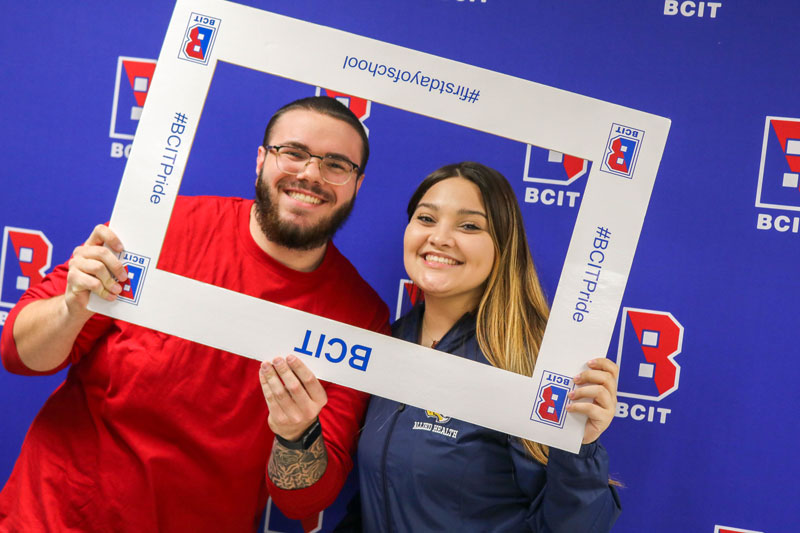
Who do you want to be?
The second phase of developing a brand identity. During the Discovery Phase, we not only learned where the gaps were, but also what we did really well and moderately well. These things can help to determine how to rebrand with success. You know the old saying “don’t throw the baby out with the bath water” signifies that you keep what is valuable and essential to the organization. In developing your brand new image, you should keep your core at the center of who you are and build around it.
At BCIT, our core has been the career and trades, and although we have added many other types of advanced career pathways, the trades are still at our core. We needed to develop a brand that would be inclusive of our new Career & Technical Education programs and boast of more advanced career pathways, while still highlighting the trade programs that we were recognized for. We wanted to be a school that offered all types of students the educational experience and preparation that they desired.
It’s launch time!
The third phase is the fun part– and the heavy lifting. We developed a more refined image and brand including boasting of academic classes as well as career and technical academies that aligned for continued education. From redesigning our logo, upgrading our website template, increasing social media footprints, being visual at community events, and strategic media campaigns and news coverage, people were seeing that our schools could offer all a variety of students the opportunity to graduate prepared for college, advanced training or directly to work. We worked internally with school stakeholders to redesign our standard operating procedures to expedite cumbersome and antiquated procedures and shifted the culture to one of recognizing, rewarding and celebrating our staff. What an amazing transformation!
How have we done?
In a two year period, BCIT has increased applications by 85.5%. For the first time in ten years, we have a waitlist of students. People are talking excitedly about the dynamic shift in the Burlington County Institute of Technology. Our staff turnover rate is decreasing, and the morale in the school district is overwhelmingly better. With a group of individuals committed to a common vision and plan, we are on our way to changing the image of our schools and creating a wonderful experience for our students.

What we learned
- Every organization can rebrand themselves, but it takes a group of committed people working together with a common vision and mission following a well-developed strategic plan.
- Everyone needs a little help. “If you want to go faster, go alone, if you want to go further, go together” African Proverb
- Rome wasn’t built in a day, change takes time. Keep a realistic timeline for initiatives to root and show results.
- Be flexible. Some ideas/ initiatives may not work or may need tweaking. Revisit with an open mind and make adjustments where necessary.
- Put your money where your mouth is. Commit financial and professional resources to the mission and plan. In education, resources are often not free flowing, but allocating in the right places will maximize your results.
- Don’t lose sight of the mission. Mission statements aren’t just for decoration, they are the visual reminders of what your organization is committed to. Periodically, revisit the mission statement as a check in to see how your school is doing.
- Don’t rest on your laurels. If your organization has hit the mark, don’t become complacent. Stay relevant and progressive. The enemy of great is good. Don’t stop at good. Continue to stretch, grow and chase great!
- Enjoy the ride! Celebrate the successes with your entire team. After all teamwork makes the dream work–and they have contributed in BIG ways to your success. Let them know how important they are to your school district.
As for me, I discovered that a passionate educator can carry teacher skills into a different role and continue to impact education at many levels and still enjoy being an educator. I am loving my new position as educational marketing and admissions coordinator. Everyday is an opportunity to learn and share ideas about what makes great schools. I found my new classroom–and I’m still teaching and learning!
This article is available and can be accessed in Spanish here.

